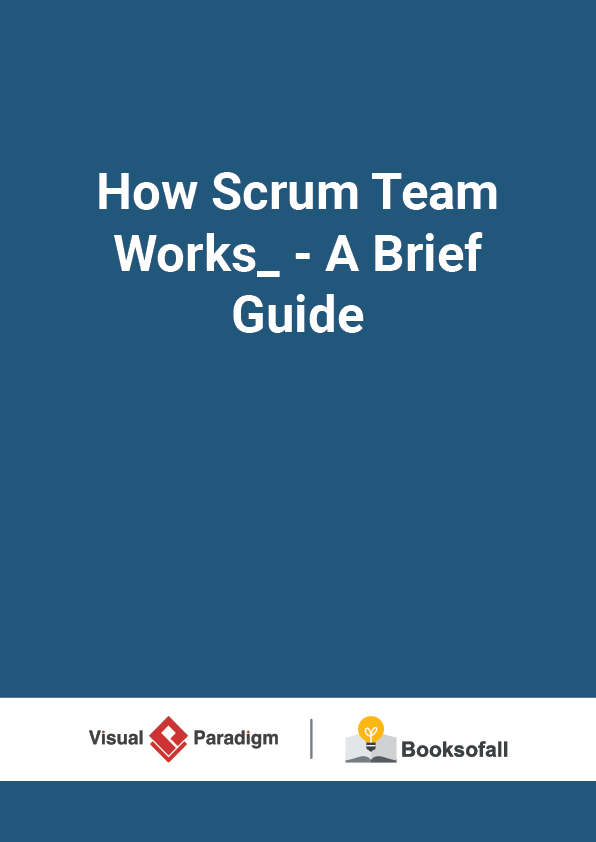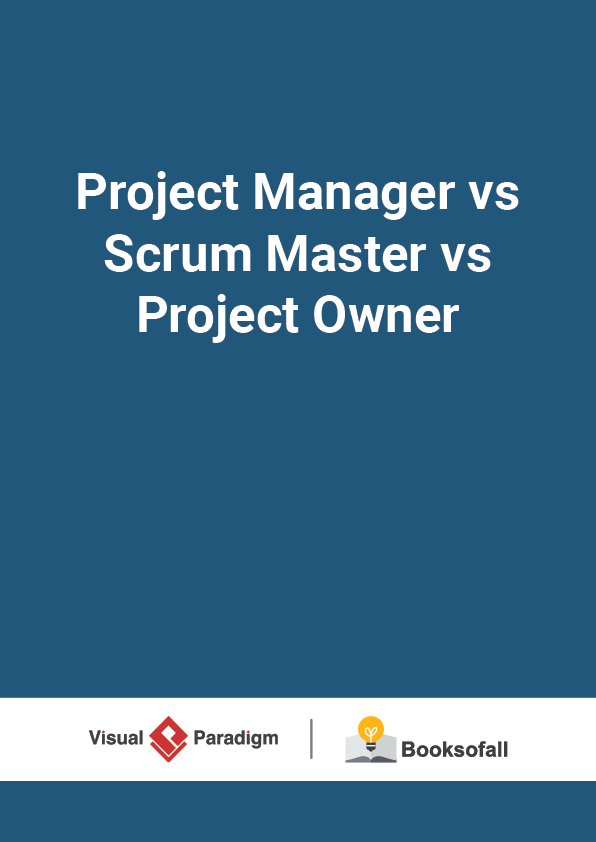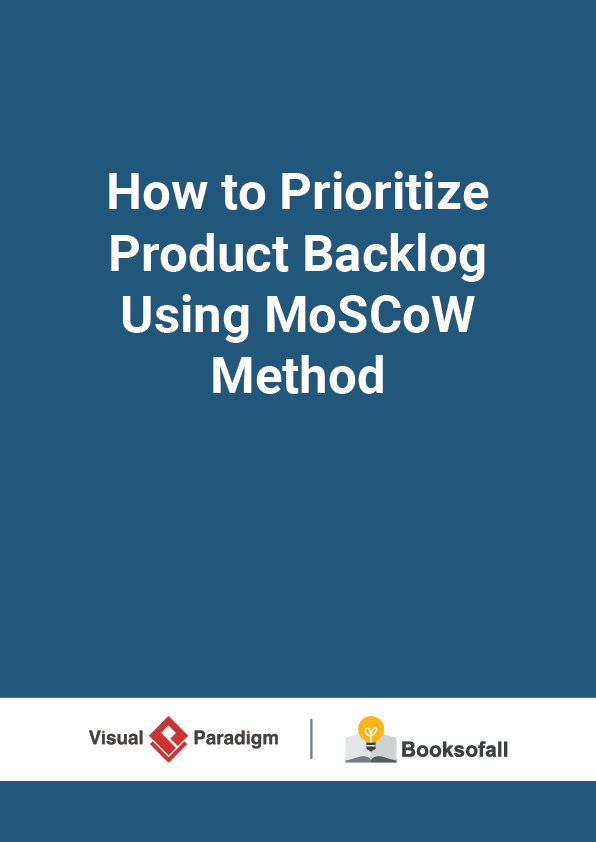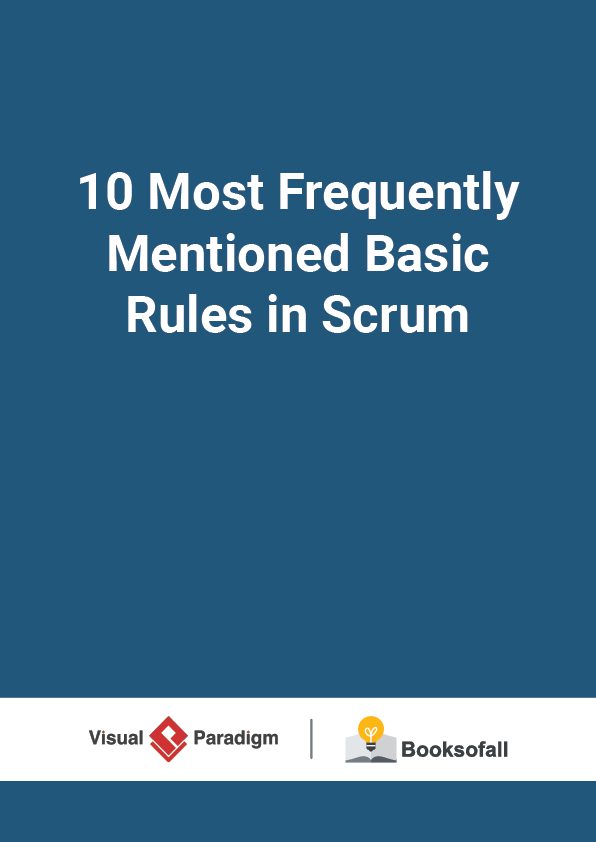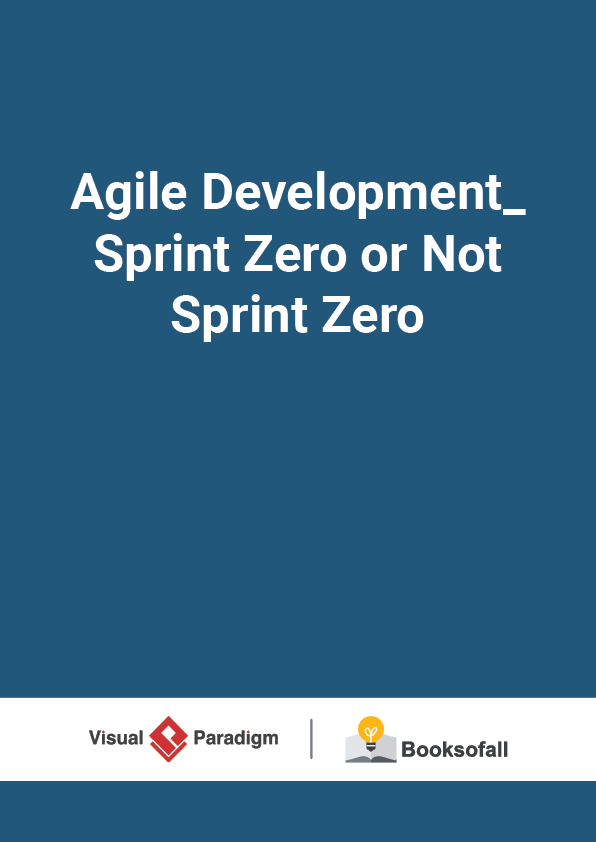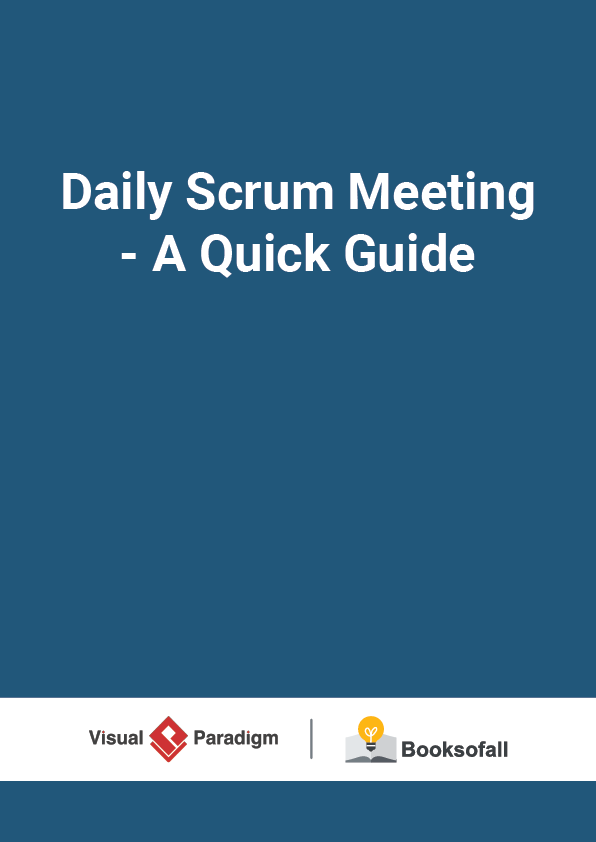How Scrum Team Works? – A Brief Guide
11-14 minutes
What is a Scrum Team?
A Scrum Team is a collection of individuals working together to deliver the requested and committed product increments which consists of three roles :
- Product Owner
- Scrum Master
- Development Team
What is Scrum Team Self-Organizing and Cross-Functional
The Scrum Teams are self-organizing and cross-functional :
Self-organizing teams choose how best to accomplish their work, rather than being directed by others outside the team.
Cross-functional teams have all competencies needed to accomplish the work without depending on others not part of the team. The team model in Scrum is designed to optimize flexibility, creativity, and productivity.
How Scrum Team Can Work Together Effectively?
Scrum Teams deliver products iteratively and incrementally, maximizing opportunities for feedback. Incremental deliveries of “Done” product ensure a potentially useful version of working product is always available.
Scrum is defined by a group of principles (or 5 scrum values) that should be under stood as simple guidelines for working together more effectively as a team. They are:
- Courage —especially when it comes to solving hard problems
- Focus
- Commitment to the shared team goals
- Respect for your team members
- Openness about work and any challenges that might come up.
Scrum Key Concepts
Scrum consist a series of sprint or development iteration. Each scrum sprint involves the same process: Role (people), Events (meetings) and Artifacts (tangible by-products).
- Sprints are development cycles that repeat until your project is complete.
- Requirements (often in the form of user stories) are developed, tested, integrated, and approved within each sprint.
And the process continues sprint after sprint. As mentioned before, the Scrum framework is consists of three distinct categories : roles , events , and artifacts :
Scrum Roles
The Scrum framework is defined by three core roles: the Development Team, the Scrum Master, and the Product Owner.
The Product Owner
The Product Owner is responsible for maximizing the value of the product and the work of the Development Team. How this is done may vary widely across organizations, Scrum Teams, and individuals.
Role of Product Owner
The Product Owner is the sole person responsible for managing the Product Backlog .Product Backlog management includes:
- Clearly expressing Product Backlog items;
- Ordering the items in the Product Backlog to best achieve goals and missions;
- Optimizing the value of the work the Development Team performs;
- Ensuring that the Product Backlog is visible, transparent, and clear to all, and shows what the Scrum Team will work on next; and,
- Ensuring the Development Team understands items in the Product Backlog to the level needed.
The Scrum Master
The Scrum Master is responsible for ensuring Scrum is understood and enacted. Scrum Masters do this by ensuring that the Scrum Team adheres to Scrum theory, practices, and rules. The Scrum Master is a servant-leader for the Scrum Team. The Scrum Master helps those outside the Scrum Team understand which of their interactions with the Scrum Team are helpful and which aren’t. The Scrum Master helps everyone change these interactions to maximize the value created by the Scrum Team.
